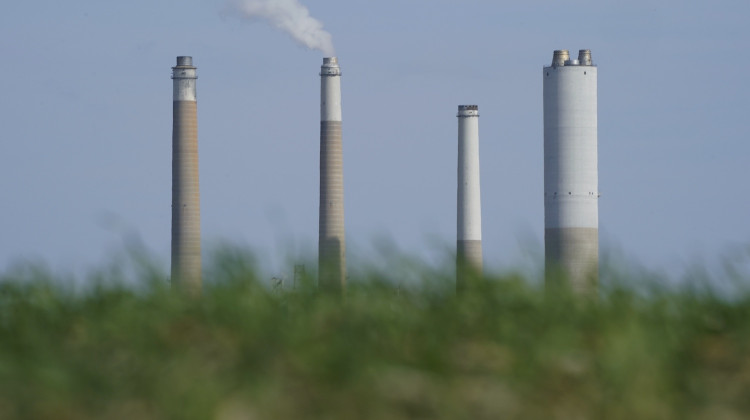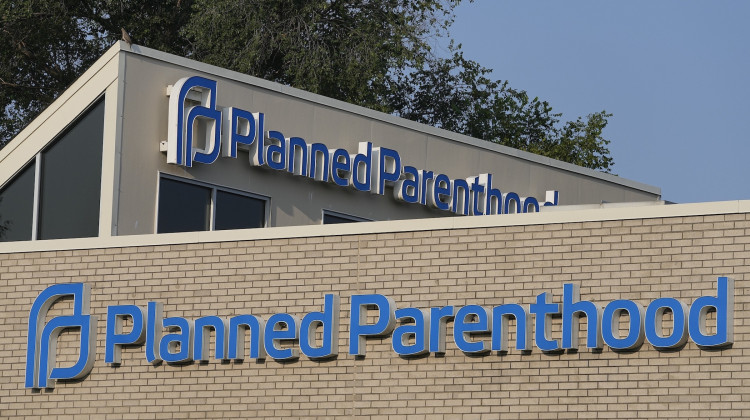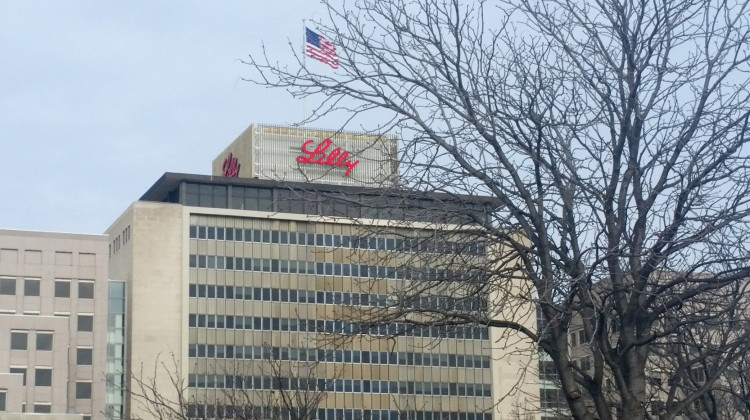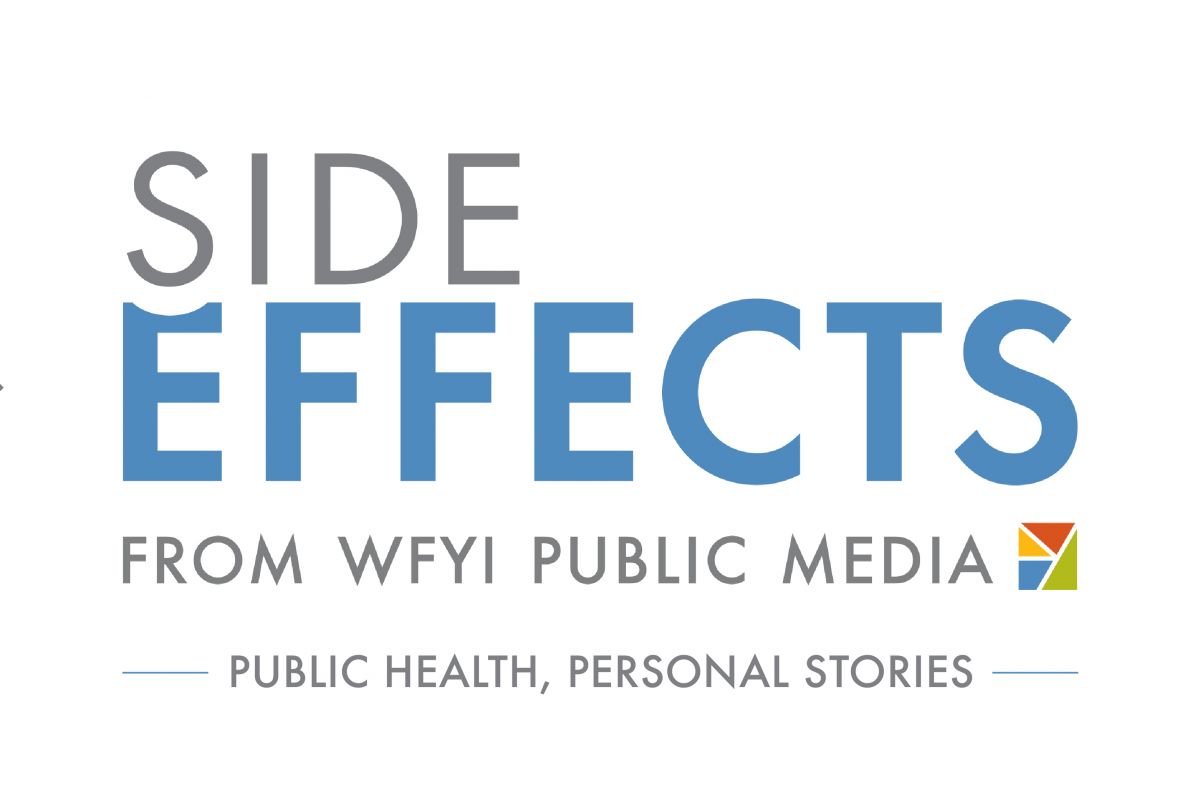Twice a month, Ilene Loper leaves her apartment at five in the morning and takes three buses for at least an hour each way to get groceries from the St. Vincent De Paul food pantry on East 30th Street. Even if she could afford to shop there, she lives more than two miles away from the nearest supermarket.
Loper’s neighborhood the Far Eastside is a food desert. That means there are no major grocery stores within a mile of where people live. In this neighborhood, located north of I-70 and South of 46th Street, some live several miles from a supermarket.
A Growing Movement
Neighbors are starting a grassroots movement to increase access to fresh food for people like Loper.
Earlier this year, neighborhood healthy food advocates created Good Food Connections for the Far Eastside.
Sharrona Moore founded Lawrence Community Gardens - a Good Food Connections member on East 46th Street this year with the dream of filling that fresh food gap. Moore will donate half her garden’s produce to neighborhood food banks because she knows many residents can’t get to the nearest grocery stores.
“There are three grocery stores that we have – the Kroger, the Walmart and the Save-A-Lot. There are no buses that go to those stores, so it’s a struggle,” Moore says. “It’s a struggle for people to get food.”
Indianapolis’ new Food Policy & Program Coordinator for the Office of Public Health and Safety Shellye Suttles insists the situation is more serious than not just being able to walk to a grocery store. It’s about food insecurity as a whole. She says poverty, a lack of bus routes and fewer residents owning their own vehicles compounds the situation.
For example, Indianapolis’ wealthier northern suburbs could technically be described as food deserts, but “they may have higher access to private transportation,” says Suttles.
“Most likely if a neighborhood is a food desert, it’s also a job desert, it’s also kind of a quality school desert,” she adds.
That’s the case for Loper, who moved to the neighborhood from the city’s west side three years ago.
“Cause I couldn’t afford my house no more – and the rent was cheaper and that’s why I wound up back here,” Loper says. “And then the job that I had, I lost.”
Loper says she’s applied for SNAP benefits but hasn’t been approved yet.
So twice a month, she walks a half-mile on 42nd Street there are no sidewalks to take public transit to the food pantry.
Some of Loper’s neighbors make similar trips. Some have no access to food at all.
Banding Together
Loper lives in Carriage House East Apartments. More than half its 600 units are Section 8 subsidized housing.
Carriage House East joined Good Food Connections for the Far Eastside to help these residents. Kelly Evans is one of two full-time apartment complex employees working to connect residents to resources.
“A lot of people who come in on Section 8 – a lot of the times they’re unemployed, have come from homeless situations, may be disabled, and so their income is very, very limited,” Evans says.
Some of the residents last year brought up the idea of starting a food pantry onsite. Evans says the apartment’s parent company later donated the space.
“So we open once a month, although in between time, we do, [too]. If residents need assistance, we’ll bring them over to the pantry,” she says.
Good Food Connections held its first community listening session at the apartment complex to get a better grasp of people’s needs. Evans says they brainstormed ways to secure healthy food for less money.
“It got people thinking about what they could do. And then in their own little groups they started talking about who’s going to do what when,” she says. “Three or four of them did get together, and I think they’re going to get a Costco card.”
Nick Milan, farm manager of Chickadee Gardens on East 42nd Street, is also a member of the new group.
“One of my big takeaways from that meeting was every single person who talked had a completely unique story. And nobody had the same problems or the same solutions that would work for them,” Milan says.
His goal at Chickadee Gardens is to educate people about growing their own food and helping them create their own little urban farms.
Slow-Moving Policy
As grassroots organizations rally around small changes, policy is more slow-moving at the state level.
Recent legislative measures to address food deserts have largely failed at the statehouse. A bill that established a government program to assist businesses to offer fresh food within underserved areas died in committee during Indiana’s last legislative session.
Lawmakers, including the Indiana Black Legislative Caucus, will study food deserts again this summer. How much progress will be made is up for debate the issue of food insecurity was put to study committees last year with little success.
Food policy coordinator Suttles says efforts at the city level are focused around access to full-service grocery stores or similar services “it’s more focused on accessibility of affordable healthy produce as opposed to food insecurity,” she says.
Supermarket chain Marsh’s recent announcement the company was in jeopardy of closing several Indianapolis locations hasn’t made her job much easier lately.
“I think it’s important that we not only look at maybe the higher level national chains to occupy some of the space Marsh is leaving, but we look at the neighborhood organizations considering cooperatives, that are considering buying clubs, mobile delivery, and supporting those new entrepreneurs in this vacuum,” she says.
“It’s so important we deliver the solution that people want – as opposed to our idea of what is right,” says Chickadee Gardens’ Milan.
Chickadee Gardens hosted the latest Good Food Connections Far Eastside community meeting. Several people from the neighborhood shared stories of food insecurity and food access problems and enjoyed a free meal.
This story was produced by Side Effects Public Media, a news collaborative covering public health.
 DONATE
DONATE













 Support WFYI. We can't do it without you.
Support WFYI. We can't do it without you.